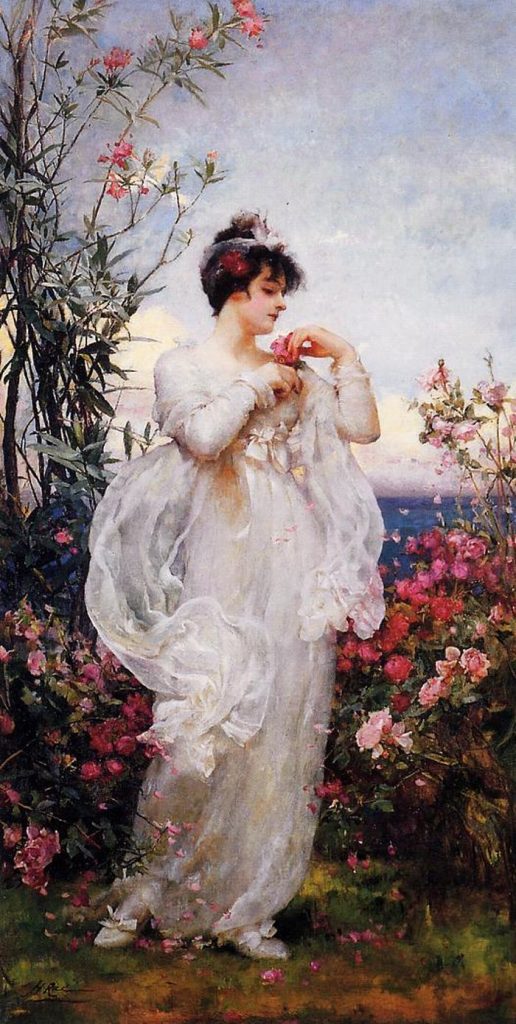
Henrietta Rae, born Henrietta Ward on December 30, 1859, in Hammersmith, London, was a prominent British artist of the late 19th and early 20th centuries. Her life unfolded against the backdrop of a rapidly changing art world, and Rae’s journey as a female artist during a time when women faced significant challenges in the art establishment is a testament to her resilience and talent.
Rae was born into an artistic family; her father, James Ward, was a well-known animal painter, and her mother, Charlotte, came from a family of sculptors. Growing up in this creative environment, Rae developed an early passion for art. She received formal training at the Slade School of Fine Art, a pioneering institution that allowed women to study alongside men. Under the guidance of notable artists such as Alphonse Legros and Sir Edward Poynter, Rae honed her skills in drawing and painting.
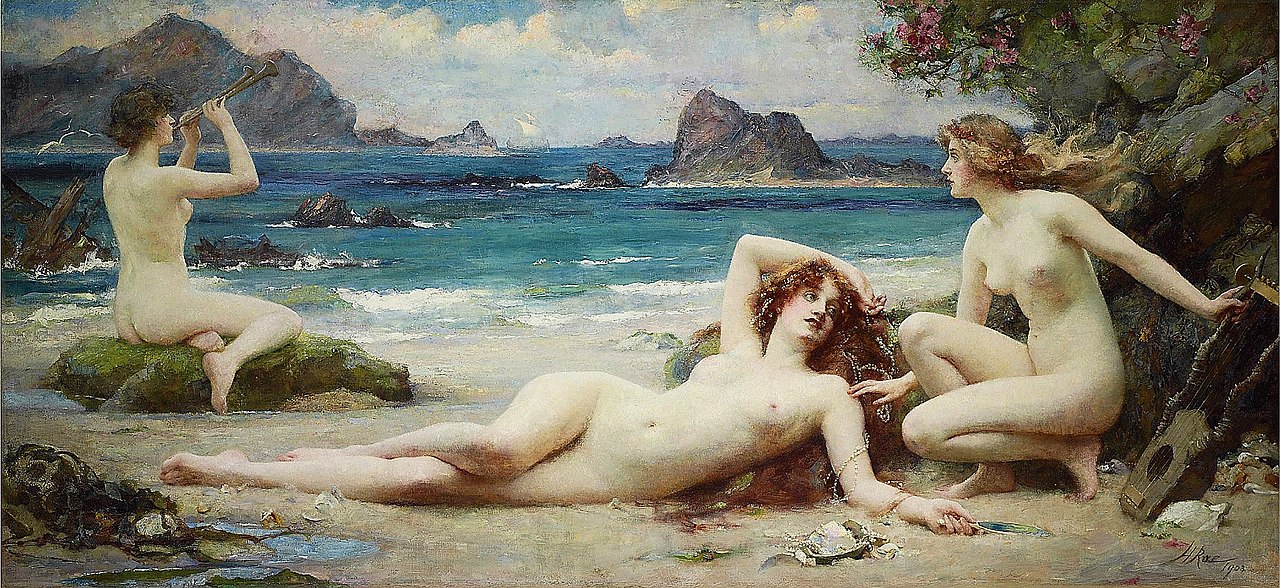
In 1881, Henrietta Rae married fellow artist Ernest Normand. This union of two artists marked the beginning of a creative partnership that would significantly impact Rae’s artistic journey. The couple shared a studio and often collaborated on works, creating a supportive environment for each other’s artistic endeavors.
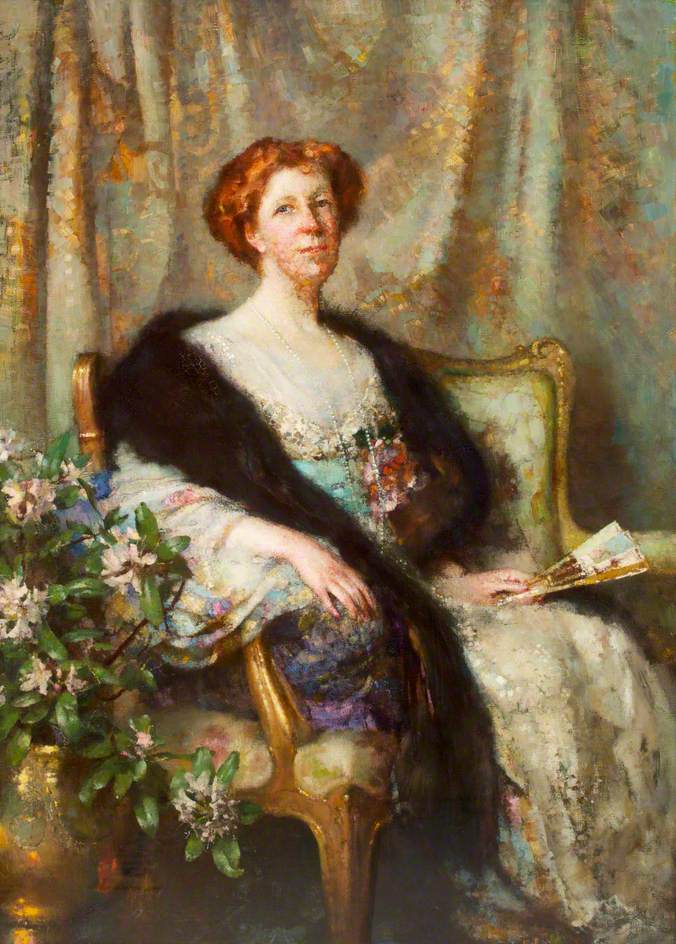
Rae’s early works displayed a proficiency in portraiture and genre painting. She gained recognition for her ability to capture the subtleties of expression and mood in her subjects. One of her notable early paintings, “His Reverie,” showcased her talent for depicting contemplative and introspective scenes. Rae’s ability to convey emotion through her art set her apart in a male-dominated art world.
As the 19th century progressed, the art scene underwent a transformative shift. The academic traditions began to loosen, making room for new movements and styles. Rae embraced this changing landscape, exploring various genres and themes in her work. She delved into historical and mythological subjects, often incorporating allegorical elements into her paintings. This versatility allowed her to navigate the evolving art world and expand her artistic horizons.
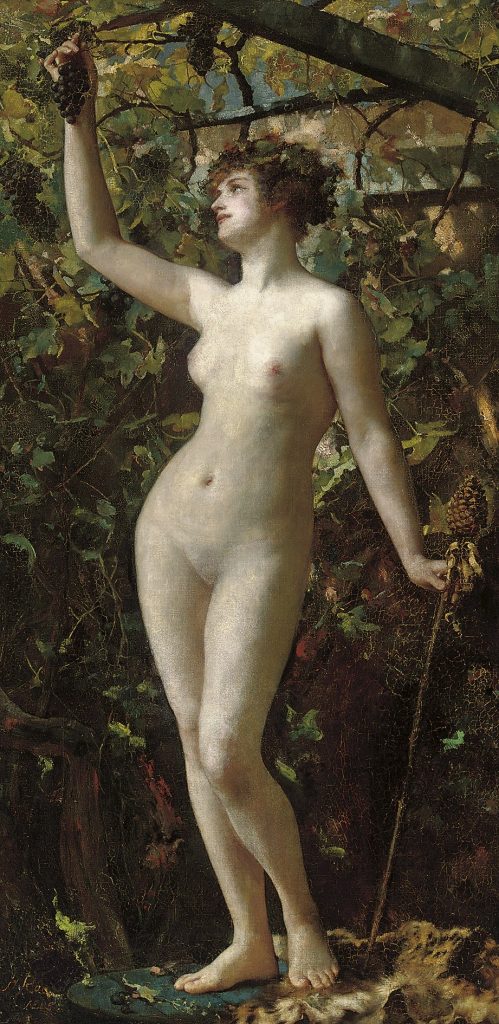
One of Rae’s most acclaimed works is “Psyche at Nature’s Mirror,” painted in 1908. This painting reflects her interest in classical mythology, portraying the myth of Cupid and Psyche. The composition is rich in symbolism, with Psyche contemplating her reflection in a pool surrounded by lush vegetation. Rae’s attention to detail, vibrant color palette, and skillful execution earned her praise from both critics and peers.
Rae’s involvement with the Royal Academy of Arts played a significant role in her career. In 1896, she became an associate member of the Royal Academy, making her one of the few women to achieve this distinction at the time. Her election as a full Royal Academician in 1922 marked a historic moment, solidifying her place in the male-dominated institution. Rae’s achievements paved the way for future generations of female artists, breaking down barriers and challenging gender norms in the art world.
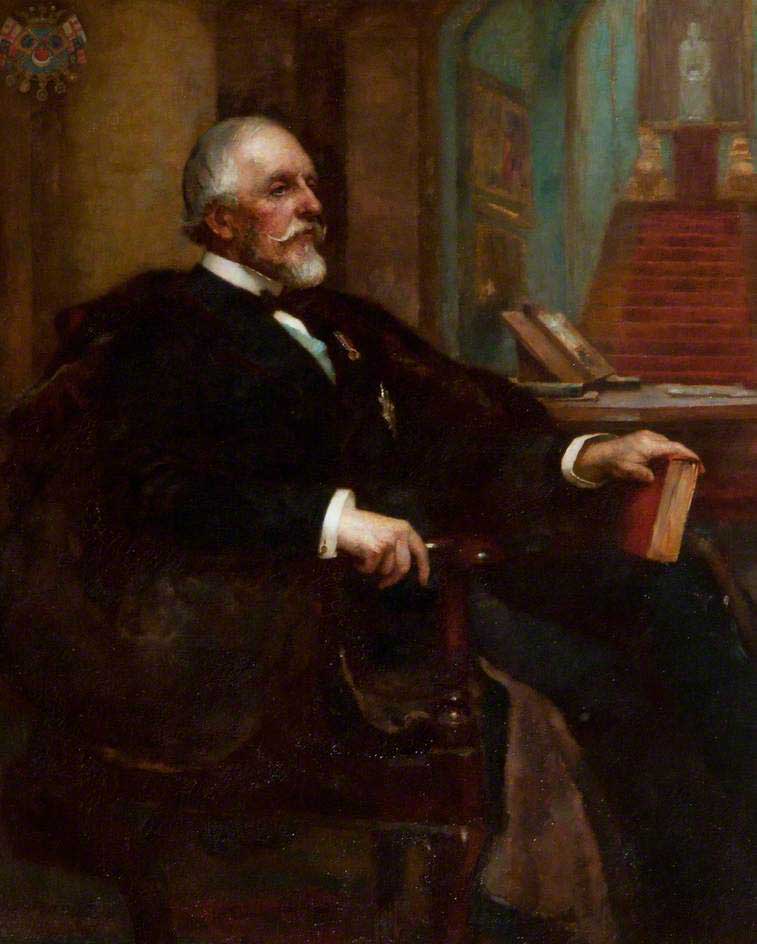
Despite her success, Rae faced challenges associated with being a female artist in a society that often marginalized women in professional spheres. The prevailing gender biases of the time were reflected in limited opportunities, unequal recognition, and societal expectations. However, Rae’s determination and talent allowed her to overcome these obstacles and make a lasting impact on the art world.
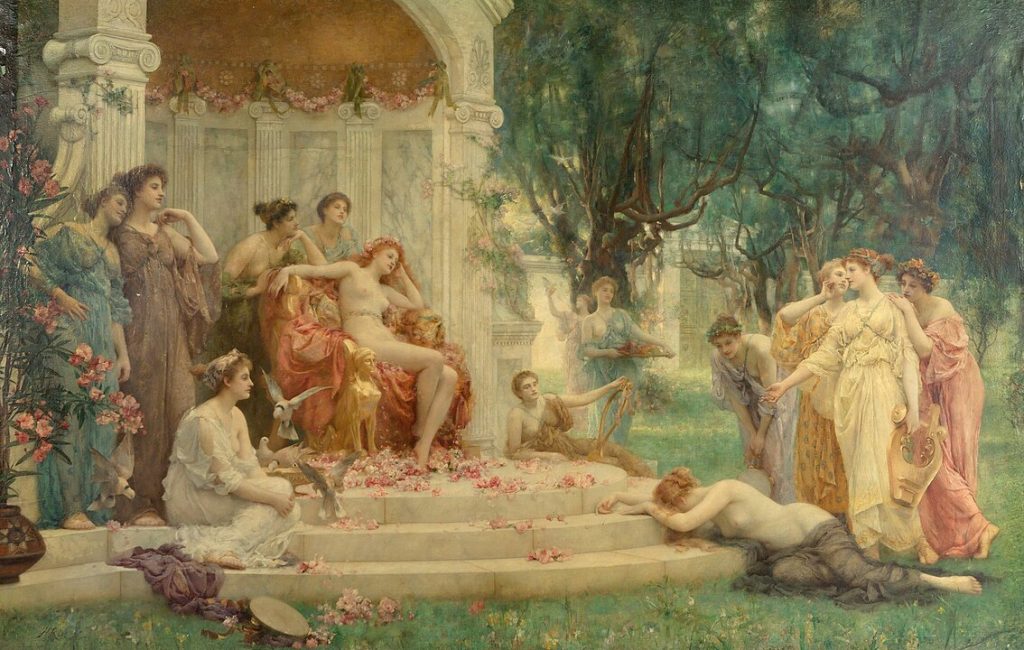
Henrietta Rae’s later years were marked by continued artistic output and recognition. Her paintings continued to be exhibited at prestigious venues, and she participated in numerous group exhibitions. Rae’s commitment to her craft remained unwavering, and her influence extended beyond the canvas. As a prominent figure in the art world, she actively participated in discussions about the role of women in art and advocated for greater inclusivity.
Rae’s legacy endures not only through her artistic achievements but also through her role in challenging gender norms within the art establishment. Her contributions to the Royal Academy and her success as a professional artist paved the way for future generations of women artists, inspiring them to pursue their creative aspirations despite societal barriers.
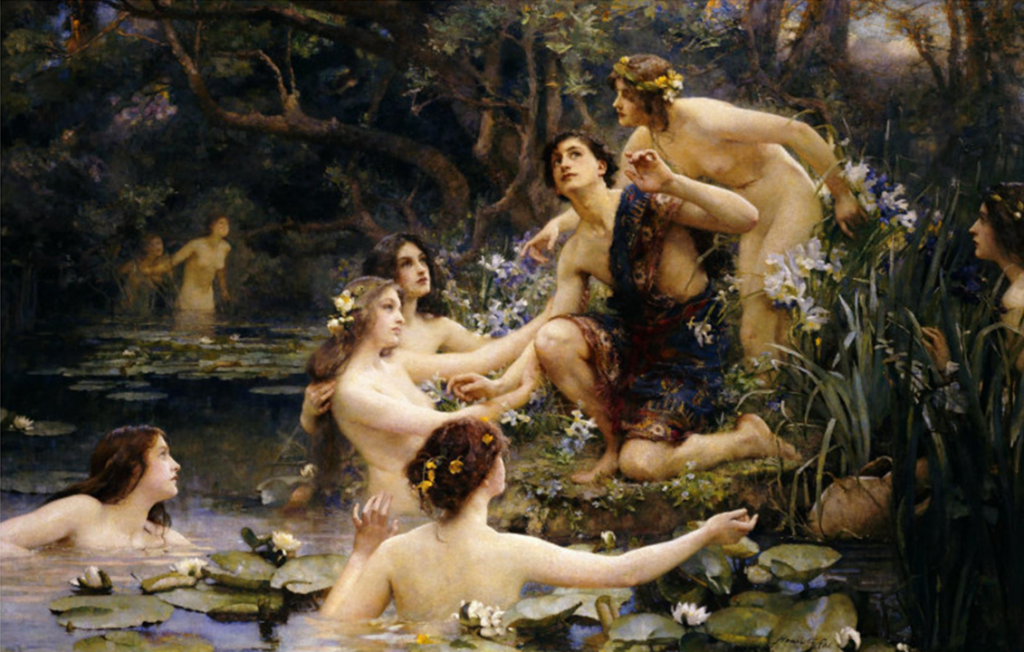
Henrietta Rae passed away on January 26, 1928, leaving behind a body of work that continues to be appreciated for its technical skill, emotional depth, and contribution to the evolving narrative of women in art. Her life story serves as a reminder of the resilience and talent of female artists who defied societal expectations to leave an indelible mark on the history of art.




